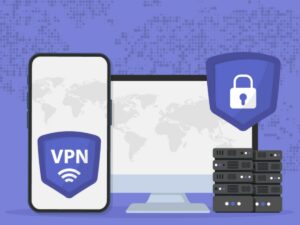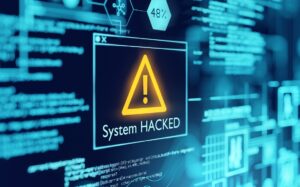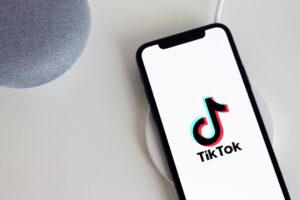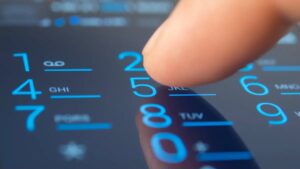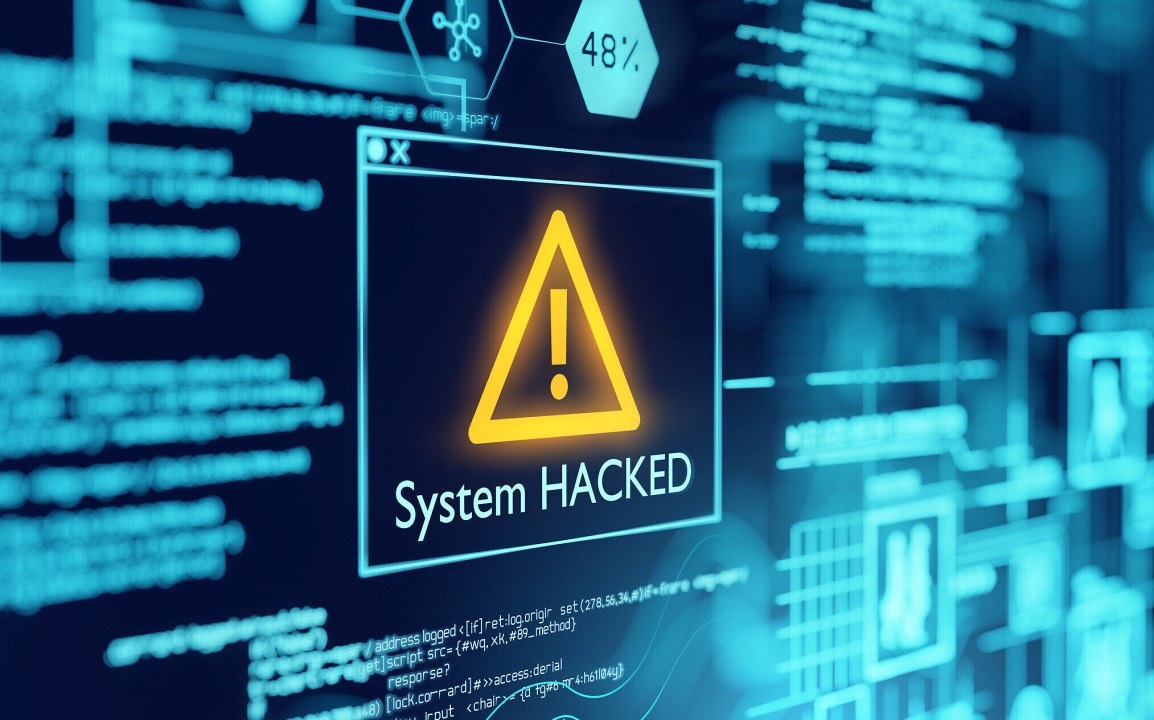
Leading private note apps utilize end-to-end encryption to scramble journal entries, memos, task lists, and other documents before syncing them securely to the cloud. Without the encryption key to unlock the cipher, the content remains scrambled gibberish if breached or intercepted during transmission by hackers, corrupt insiders, or government surveillance programs. The encrypted data vaults create liberal space to compile records, experiences, ideas, and conversations spanning professional projects, personal growth, intimate relationships, confidential informants, sensitive research, and high-stakes business dealings safeguarded from prying eyes.
Selective identity disclosure balances anonymity
Can we make notes private? While anonymizing communications, certain private note apps also enable selectively revealing your identity to chosen recipients when useful for accountability, relationship building, journalism sourcing, or other purposes. For example, Obsidian Publish allows posting public notes anonymously but linking names to private publishes visible only to specific users granted access. Other apps facilitate end-to-end encrypted sharing of notes where only intended recipients can decrypt contents using granted keys. Granular access controls balance anonymity with confidential sharing to build trust and collaborate on sensitive projects with select trusted confidants while hiding your identity from everyone else.
Anonymous publishing protects writers
Apps provide an anonymous CMS platform for writers and whistleblowers to openly publish leaks, personal stories, controversial political treatises, and international journalism without revealing their identities to hosting providers, domain registrars, or website visitors tracking traffic sources. Public blogs run entirely on encrypted user devices before uploading static HTML to servers, keeping identities hidden across the publishing pipeline. Users register domains anonymously with cryptocurrency payments and then upload content through Tor’s multi-hop network masking originating IP addresses. This renders sites virtually untraceable to preserve safety.
Self-destructing notes vanish traces
Ephemeral messaging represents the zenith of privacy for extremely sensitive communications. Apps incorporate self-destructing encrypted chats, media, and documents that automatically delete upon sender-defined expiration periods ranging from 24 hours down to just 5 seconds. Once disappeared from all devices, even forensics cannot recover or trace remnants of the confidential notes. For users like political dissidents, corporate leaders, undercover journalists, or domestic abuse victims, this ability to freely yet securely send encrypted messages that vaporize without a trace can prove lifesaving.
Hidden vaults and plausibly deniable encryption
Several anonymous note apps create hidden encrypted vaults or partitions within a device’s local storage. The stealth vault contents remain completely invisible and inaccessible without entering a separate password or passphrase to unlock them. Apps go further by enabling the creation of both legitimate vaults and second spoof vaults filled with innocuous content to divert attention or coercion attempts away from the real sensitive document vault tucked away in plain sight. This “plausibly deniable encryption” empowers concealing your true activities and communications while appearing compliant with demands to unlock encrypted data stores. Just provide the diversionary credentials instead of the real ones.
Enable secure collaboration with managed sharing
While prioritizing personal privacy, private note apps also facilitate collaboration by letting you securely share encrypted notes, task lists, and project folders with selected users. Joplin’s End-to-End Encryption feature encrypts notes and notebooks selectively shared with specified team members. Users manage join requests and permissions to enable seamless secure collaboration on confidential projects. Standard Notes teams’ functionality also allows the creation of multiple encrypted collaborative spaces with customizable member permissions to jointly edit documents, annotate images, track tasks, store research materials, maintain shared calendars, and chat securely using end-to-end encrypted channels.

